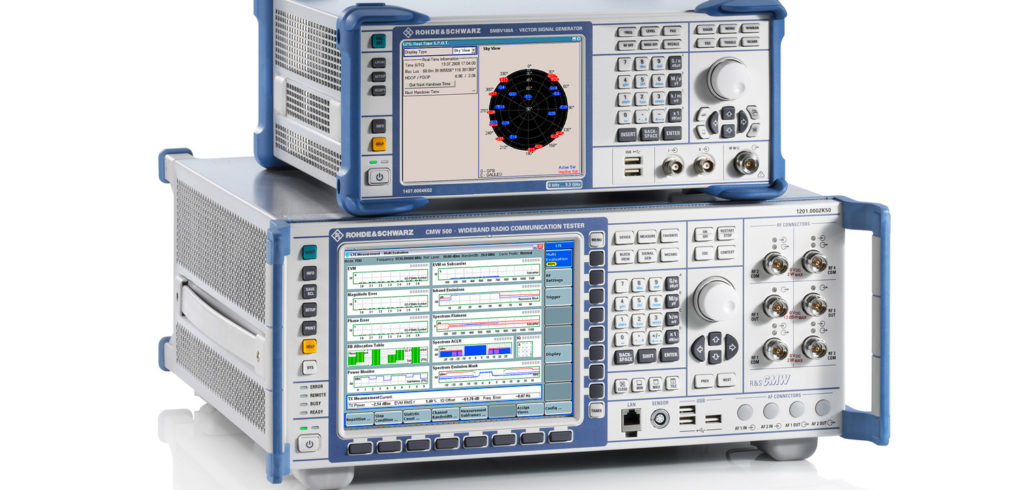Rohde & Schwarz and Huawei have successfully tested the interoperability of LTE-V connected vehicles with the R&S CMW500 wideband radio communication tester using the embedded Huawei Balong 765 IC as an LTE-V UE.
The solution verified multiple test scenarios for internet of vehicles (IoV) communications based on 3GPP Release 14 Mode 4.
LTE-V is a cellular IoV technology standard based on device to device (D2D) and existing LTE technologies. In the R&D phase, interoperability testing between terminals from different providers verifies connectivity and compliance with the standard. Testing the conformance of LTE-V terminals based on an authoritative third-party test platform is a crucial foundation for successful commercial deployment of LTE-V.
The R&S CMW500 equipped with the R&S CMW-KU514 LTE-V option, in combination with the R&S SMBV100A GNSS simulator, now supports LTE-V Mode 4 testing.
Huawei LTE-V2X terminals are based on the Huawei Balong 765 baseband IC. This chip has been specially designed for the new generation of IoV communications and can support UU interfaces (communication interfaces between terminals and base stations) and PC5 interfaces (short-distance direct communication between a vehicle and other devices). The application processor complies with 3GPP Release 14, and supports Mode 3 and Mode 4.
The successful interoperability test by Rohde & Schwarz and Huawei marks an important step for LTE-V products to meet international standards and, therefore, the commercial roll-out of LTE-V.
The test was performed in the wake of the World Internet Of Things Convention (WIOTC) in Wuxi, China, which was held on September 15-18. At the event, Huawei LTE-V2X terminal-based solutions were successfully performed with a number of partners in the world’s largest LTE-V2X network covering main urban areas of Wuxi City and main roads of Wuxi New City.


